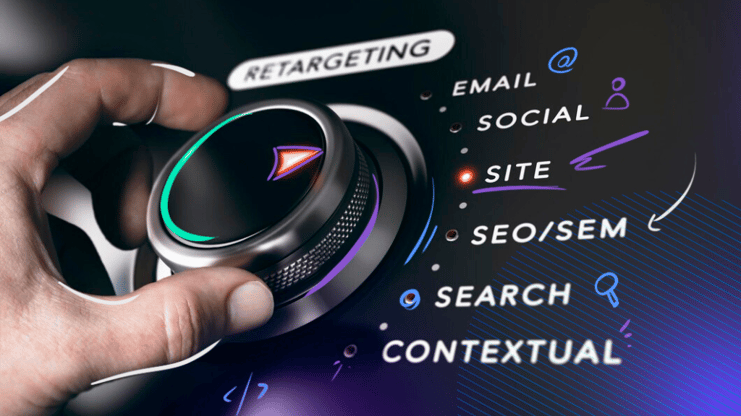
If you've ever heard of the term "retargeting," it's likely been compared to "remarketing." And although they are often confused with each other, they do have differences.
Retargeting uses cookies to place ads, while remarketing uses emails. These emails are typically sent to users who are at a specific stage of the purchase process. It can also be used to upsell and cross-sell with existing customers.
Although both terms are associated with selling to previous visitors, the difference lies in the strategy used. Retargeting uses cookies to place ads, while remarketing uses emails. These emails are typically sent to users who are at a specific stage of the purchase process.
While retargeting focuses on impacting users through ads on social media, email, or other platforms, remarketing often focuses on sales or marketing emails sent to re-engage customers.
There are two main types of retargeting: pixel-based and list-based. Each has different advantages depending on the objectives of the campaign.
Pixel-based retargeting is a way of re-displaying material to any anonymous visitor.
This is probably the most common type of retargeting. When someone visits a website or app, a discrete piece of JavaScript (often called a pixel) is placed in their browser, making their browser a "d-cookie." When they leave the site to browse the web, that cookie notifies retargeting platforms to serve targeted ads based on the specific pages they visited on the website.
The advantage of pixel-based retargeting is that it is timely, specific to a particular page on a site, and behavior-based.
The downside to this method is that there is a lower volume of people in the campaign at any given time, since it's all based on how often people visit the website, view certain pages, and leave. Implementing JavaScript on many website pages can also be complicated or time-consuming.
The main types of retargeting campaigns are awareness and conversion campaigns.
Awareness campaigns are useful when you want to re-engage app visitors and inform them about relevant products, features, or announcements. These ads are usually served on pixel-based listings.
The drawback of awareness campaigns is that they offer less specific content to people who haven't been very engaged with the brand. There are often lower click-through rates than other types of campaigns.
However, since the goal is to make prospects aware of the business, impressions, and engagement are acceptable metrics to track. Awareness campaigns are often the precursor to a much more effective campaign objective: conversions.
Conversion goals are the desire for people to click on an ad and take the next step, like downloading the app. Conversion campaigns are best used to align a specific list with a clear next step in the funnel and can be measured with typical conversion metrics like website clicks, form submissions, and cost per lead (CPL).
The best thing about a conversion campaign is that it can be used for various parts of the funnel. For example, Pixel-based ads generate leads and direct people to landing pages where they can provide their information. List-based ads qualify those leads better.
Additionally, retargeting can be used to move qualified leads to complete the buyer's journey cycle. For example, retargeting can be used to send a list of contacts who have downloaded a free trial an invitation with benefits from the paid version. Users can become paying customers when they see how the tool can help them achieve their goals.
Customer lifetime value is the amount of money you can expect from a single customer throughout their entire relationship with the brand. By using retargeting, customers are reminded of the brand and encouraged to continue making purchases. The more purchases they make, the higher their LTV will be.
Cart abandonment is when a customer places something in their shopping cart on the online store, but abandons the process instead of completing the purchase and making a payment. Retargeting can help win back these customers who have abandoned their carts and serve as a reminder that the item they are interested in is still available and ready to purchase.
When we know that customers visited a website, made a purchase, or showed general interest in a business, remarketing helps share new products with them that align with their interests. When they see an ad, you can take them right back to your site to discover a new product and entice them to make a purchase.
At Rocket Lab we help mobile applications open up new ways to communicate so they can re-engage and reactivate inactive users with the best technology on the market.